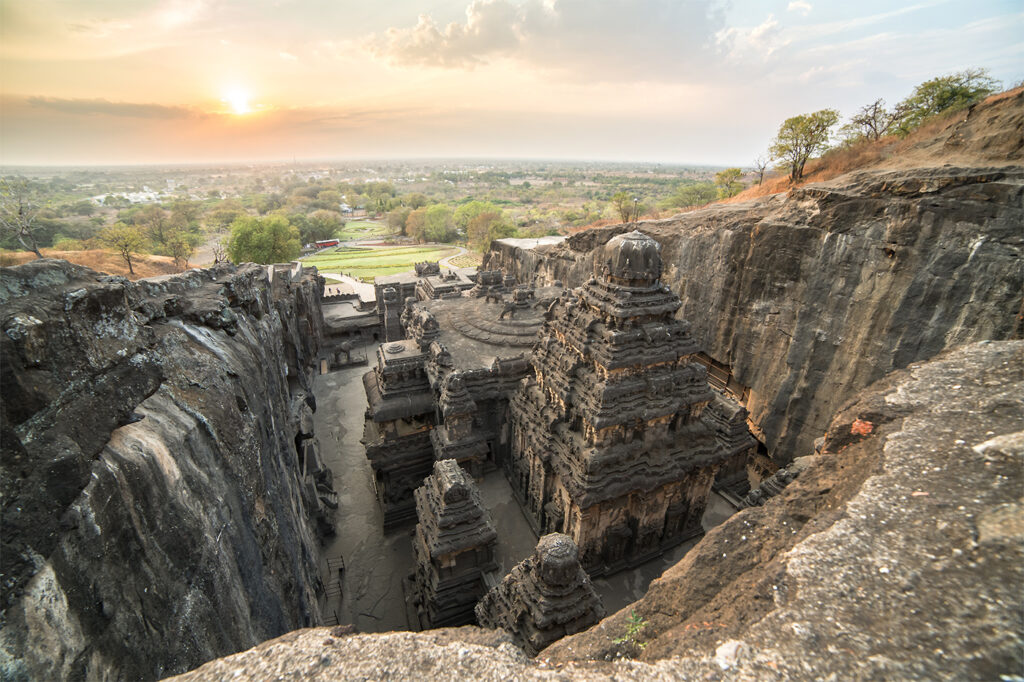
Explained: What is Sea Vigil, India’s largest Coastal Security Exercise?
On Wednesday, 20th November, the Indian Navy kicked off a two-day, nationwide Coastal Security Exercise ‘Sea Vigil-24’. The ongoing fourth edition of the exercise involves six Central Ministries and 21 agencies at the Central and State levels. The Indian Army and Air Force are also part of the exercise, which covers all coastal states and Union territories including Lakshadweep, Andaman & Nicobar Islands.
Encompassing the entire 11,098 km coastline and Exclusive Economic Zone of 2.4 million square kilometres, this multi-agency exercise is meant to test, validate, identify shortcomings, and bolster India’s coastal security apparatus. The involvement of various national and state agencies is to synergize the efforts, ensure close coordination, reduce response time during crises.
What prompted the need for such an exercise?
India’s strategic and economic stability relies heavily on maritime security. With a coastline stretching over 7,500 kilometres, and bordered by the Arabian Sea, the Indian Ocean, and the Bay of Bengal, India’s geographical location places it at the heart of the Indian Ocean Region (IOR). This region, known for its rich natural resources and busy shipping routes, is a central artery of global trade and commerce. Approximately 95% of India’s trade by volume and 70% by value is conducted via the sea, making coastal security not only a matter of national security but also economic necessity. India’s vast Exclusive Economic Zone (EEZ) of over 2 million square kilometres further adds to the complexity of managing its maritime borders.
India’s coastal boundaries are vulnerable to transnational threats, such as terrorism, illegal fishing, smuggling and piracy.
The 26/11 Mumbai Terror attacks in the year 2008, when Pakistan-sponsored terrorists infiltrated the city by boat and laid siege to the commercial capital, fundamentally altered the nation’s outlook towards the challenges of securing India’s vast coastline. Accordingly, the Indian Navy was assigned the responsibility for overall maritime security of the country, and a ‘whole of nation’ approach embraced towards strengthening seaward defences.
Given that no single organisation can effectively address the security challenges pertaining to India’s coastline, the Coastal Defence and Coastal Security mechanism had been established, incorporating six ministries as well as 21 organisations and agencies (at both national and state levels). This mechanism is structured to ensure that any intelligence pertaining to suspicious activity is quickly reported to appropriate agencies to facilitate timely and effective action.
What are the vital installations along the coastline?
Sea Vigil is aimed at strengthening the security of coastal assets like ports, oil rigs, Single Point Moorings (A single point mooring (SPM) is a floating structure that’s anchored offshore to allow the loading and unloading of liquid cargo, such as oil and gas, between tankers and shore facilities), Cable Landing Points (where underwater internet cables meet the shore), and critical coastal infrastructure, including the coastal population. In addition to this, nuclear and thermal power plants, spaceports, seaports, and various other assets of strategic importance dot the Indian coastline.
Military platforms and surveillance technologies in use
The Navy employs its extensive intelligence network and operational assets, including ships, aircraft, and unmanned aerial vehicles (UAVs), to cover vast stretches of the coast. The deployment of advanced maritime surveillance technology, including radar systems and aerial reconnaissance, enables comprehensive monitoring of maritime traffic and identification of suspicious activities.
The Navy’s use of cutting-edge assets strengthens real-time intelligence gathering, allowing for a quick response to emerging threats.
What makes Sea Vigil-24 unique?
India’s fishing community has been the country’s eyes and ears over the horizon for many hundreds of years, often bringing vital advance notice of threats and dangers to the state. This aspect had waned in recent times, and as a result, the coastline became more porous to seaborne threats. However, there has been continuous engagement of the fishing communities by the coastal security and coastal defence mechanisms, which has significantly reversed the trend. In Sea Vigil 24, all fishing communities will form part of the national maritime ‘sensor’ grid by providing inputs on any suspicious activity or boat that they observe. This aspect is a force multiplier for the national coastal defence structure.
The youth of the country, particularly NCC Cadets and Bharat Scouts & Guides are also being involved in the exercise. This effort is aimed at increasing the understanding of coastal security among the younger population. This would lay the foundation for better ‘whole-of-nation’ security measures for future, while also giving these young girls and boys invaluable life lessons through a unique experience.
Which agencies are taking part in Sea Vigil?
The exercise is led by the Indian Navy, with participation from the Army, Air Force, Coast Guard, Forest Departments of States, District Administrations, Port authorities, Nuclear Power plant authorities, Central Industrial Security Force, Fisheries Departments, Marine Police, and Customs are among the departments and organizations taking part in the eexercise.
How is the exercise conducted ?
Spread across 48hours, the exercise is conducted in a competitive format between a ‘Blue Team'(defenders) and a ‘Red Team’ (intruders-cum attackers), said Rear Admiral RK Dhingra, Flag Officer Tamil Nadu and Puducherry Naval Area (FOTNA). He elaborated that the Red team would attempt to infiltrate and simulate an attack on certain strategic locations along the coast, while the Blue team undertakes efforts to counter them. This is a careful exercise that is carried out in close coordination with various high-security facilities. Based on the progress made by these teams that are spread across the coastline, inferences will be drawn, and lessons will be shared between all participating agencies. These inputs would offer clear insights into the strengths and weaknesses of the Indian Coastal Defence apparatus. This would offer adequate feedback that can be used for course correction and further enhancement of strategies.





Responses